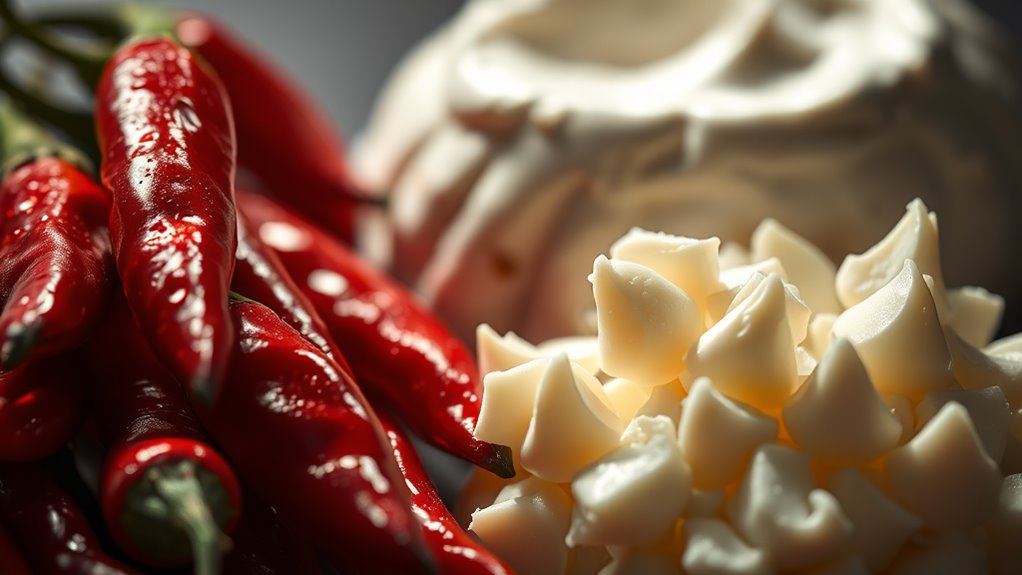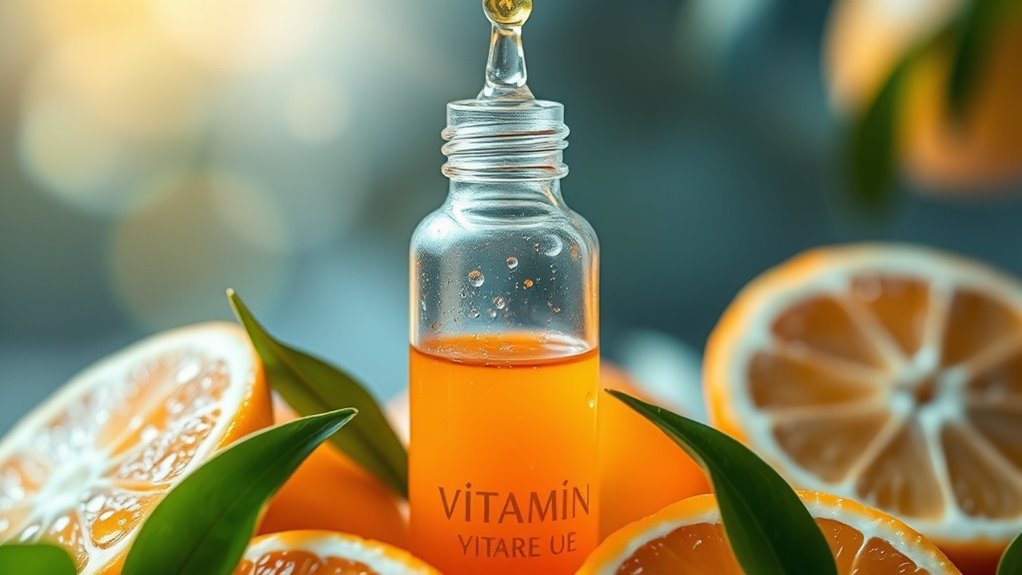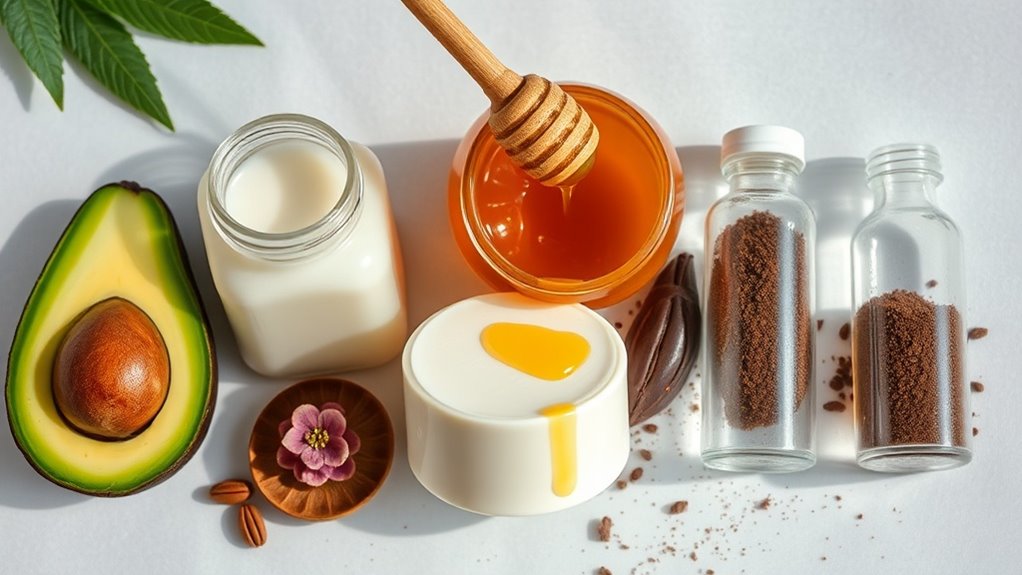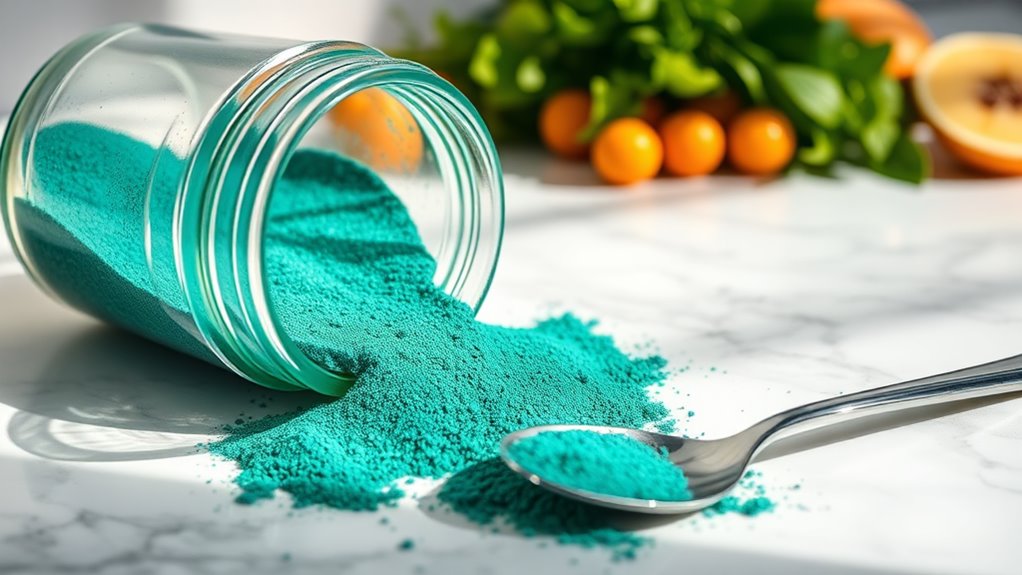These Ingredients Should Never Be Mixed-Here’s Why
You might not realize that some common ingredient combinations can lead to unexpected consequences. For example, mixing dairy with citrus can create curdled textures, while garlic may heighten bleeding risks when paired with blood thinners. Understanding these interactions is essential for your culinary decisions. Curious about more potentially dangerous combinations that could disrupt your meals? Let’s explore these and find out how to keep your dining experiences safe and enjoyable.
The Dangers of Mixing Dairy and Citrus
When you mix dairy and citrus, you’re not just combining flavors; you’re also inviting potential digestive issues.
This ingredient mixing warning highlights that the acidity from citrus can curdle dairy, disrupting textures and flavors.
Moreover, the combination may lead to bloating or discomfort for some people.
Knowing these risks helps you make informed choices in your culinary endeavors, ensuring a pleasant dining experience.
The Hazardous Duo: Garlic and Blood Thinners
Mixing ingredients can lead to unexpected consequences, especially when it comes to combining garlic with blood thinners.
Garlic contains compounds that can enhance the blood-thinning effect of these medications, increasing the risk of excessive bleeding.
If you’re taking blood thinners, it’s crucial to monitor your garlic intake and consult your healthcare provider to avoid potential complications and ensure your safety.
When Alcohol Meets Energy Drinks
Although many people enjoy the stimulating combination of alcohol and energy drinks during social gatherings, this pairing can pose significant health risks.
The caffeine in energy drinks masks alcohol’s sedative effects, leading you to underestimate intoxication levels. This can increase the likelihood of risky behaviors, dehydration, and cardiovascular issues.
It’s important to recognize these dangers and make safer choices while socializing.
Avoiding the Combo: Shellfish and Vitamin C
Health risks aren’t limited to the combination of alcohol and energy drinks; certain food pairings can also lead to adverse effects.
Mixing shellfish with vitamin C can cause gastrointestinal issues, including nausea and diarrhea. The ascorbic acid in vitamin C may interact with the proteins in shellfish, leading to toxin release.
To avoid these complications, keep these ingredients separate in your meals.
The Risks of Combining Antacids and Certain Medications
When you take antacids alongside certain medications, you risk diminishing the effectiveness of those drugs. Key interactions can lead to inadequate treatment and complications. Here’s a quick reference:
| Medication Type | Effect of Antacids | Recommended Action |
|---|---|---|
| Antibiotics | Reduced absorption | Separate dosing |
| Anticoagulants | Decreased efficacy | Consult healthcare |
| Heart medications | Altered serum levels | Monitor closely |
| Thyroid medications | Impaired hormone absorption | Take at different times |
| Iron supplements | Lowered absorption | Space out consumption |
The Trade-offs of Mixing Bananas and Milk
While managing various dietary combinations, it’s important to consider how certain foods can interact, just as with medications.
Mixing bananas and milk may lead to digestive issues for some individuals; the combination can slow digestion and produce discomfort.
However, it can also offer nutritional benefits, like protein and potassium.
Ultimately, you should gauge your body’s response and decide what’s best for you.





